The mafia today
While La Cosa Nostra no longer reigns supreme over organized crime, the mob is far from vanquished

While La Cosa Nostra no longer reigns supreme over organized crime, the mob is far from vanquished. Here's everything you need to know:
Is the mob still active?
It would have been easy until a few weeks ago to assume Italian-American mobsters were extinct, and that's exactly how Francesco "Franky Boy" Cali liked it. Investigators say Cali ran the Gambino crime family like a "ghost," conducting business strictly in person to avoid wiretaps, and insisting that his underlings do the same. Yet Cali, 53, was splashed on covers of New York City tabloids in March after being shot six times outside his Staten Island home. It was the first murder of a mob boss since 1985, when Gambino head Paul Castellano was gunned down outside Sparks Steak House in midtown Manhattan by three trench coat–wearing men under orders from John Gotti, who watched the cinematic rubout from a car across the street. Gotti became a notoriously flamboyant boss, but the Dapper Don's celebrity status attracted intensive law-enforcement attention and led to his downfall. That was a fate Cali was determined to avoid when he became the crime family's capo. (His murder allegedly resulted from a personal feud, not a Mafia rivalry.) "The mob is alive and well," said William Gale, head of the FBI's Organized Crime Task Force in New York. "They've learned the attention is not good for business."
The Week
Escape your echo chamber. Get the facts behind the news, plus analysis from multiple perspectives.

Sign up for The Week's Free Newsletters
From our morning news briefing to a weekly Good News Newsletter, get the best of The Week delivered directly to your inbox.
From our morning news briefing to a weekly Good News Newsletter, get the best of The Week delivered directly to your inbox.
How big are their ranks?
There are about 3,000 members and affiliates in the U.S., the FBI estimates. In Castellano's day there were double that number in the New York area alone, yet the same Five Families — Gambino, Bonanno, Colombo, Genovese, and Lucchese — have survived since Charles "Lucky" Luciano founded the Commission, the Mafia's governing body, in the early 1930s. Luciano helped establish the family structure, with dons and their captains managing associates who had yet to become "made men." There were 26 families during the mob's heyday in the 1950s, stretching from Boston, Providence, Buffalo, and Philadelphia through Al Capone's Chicago outfit to Hollywood and "Bugsy" Siegel's new frontier in Las Vegas. Today, the mob is concentrated around New York.
How's business?
After Gotti received a life sentence for murder and racketeering in 1992, the mob "retreated to their caves," Mafia biographer Selwyn Raab said. They refocused on what Raab calls their "bread and butter" rackets: illegal gambling, loan-sharking, extortion, and drugs, mostly heroin. Cali's crew allegedly worked as a conduit between Latin American drug cartels and Sicilian traffickers. Still, business is way down from Gotti's era, when the Gambino family allegedly pulled in hundreds of millions a year. At its peak, it used its control of Teamsters unions and other organized labor to take a steady cut from food distribution, construction, sanitation, and clothing manufacturing, at one point collecting a $3 "tax" on every piece of clothing from Manhattan's garment district. Today, the mob remains heavily involved in cargo theft, extortion of port workers, and drug smuggling in New York Harbor. "The one thing that they are," said Walter Arsenault, executive director of the city's Waterfront Commission, "is adaptable."
A free daily email with the biggest news stories of the day – and the best features from TheWeek.com
Why the smaller profits, then?
Competition, for one. By the 1920s, immigrants from southern Italy had prevailed over Jewish and Irish gangsters, making millions on bootlegging during Prohibition. Except for some collaboration with powerful criminals like Meyer Lansky, Italian mobsters mostly kept business within the family. Meanwhile, other ethnic groups from Russia, Latin America, and Asia mimicked their model and eventually became more sophisticated. New recruits for the Italian mob are in short supply, so families often pay temporary associates to do specific crimes. "Loyalties are thin," retired FBI agent David Shapiro said. "You know the gig economy? Well, we've got a gig Mafia now."
Isn't the mob a lifetime job?
It used to be. Under the rules imported from Sicily, newly inducted wiseguys swore to never betray their family and to honor omertà, the code of silence. But after Congress passed the Racketeer Influenced and Corrupt Organizations Act (RICO) in 1970, bosses could be prosecuted for their organizations' crimes, and dozens of mobsters flipped and testified for the prosecution rather than go to prison for decades. In 1986, Rudolph Giuliani, then U.S. attorney in Manhattan, used RICO statutes to convict the heads of three families and five underlings. After Lucchese head Alphonse D'Arco discovered he was marked for death, he became a government informant in 1991, and his testimony led to the prosecution of more than 50 mobsters. Testimony from Gambino underboss "Sammy the Bull" Gravano helped take Gotti down, and in 2017 federal authorities arrested 19 members of the Lucchese family, including its two top bosses, on charges of racketeering and murder. Disloyalty had crippled the mob, and D'Arco said he'd never go back to his mafioso ways. "But as far as living day to day?" he said. "I take that life any f---ing day of the week."
A long history of rubouts
No godfather is untouchable. That's been the grim reality faced by every mob boss since Salvatore Maranzano declared himself capo di tutti capi — boss of bosses — in 1931, only to be killed months later. Albert Anastasia, the "Lord High Executioner," became one of the most feared Gambino family dons ever after leading Murder Inc., a mob enforcement operation that was linked to more than 60 killings — some performed with ice picks and piano wires. But Anastasia himself was gunned down in 1957 while getting a shave at a Manhattan barbershop. One of the most iconic mobster images is of Bonanno boss Carmine Galante, photographed with a cigar still between his lips after he was shot dead in 1979 while eating at an Italian restaurant in Brooklyn. That tradition continues: Last October, Bonanno family member Sylvester Zottola was shot and killed while ordering coffee at a McDonald's drive-through in the Bronx. Yet while violence comes with the territory, Frank Cali's recent murder reportedly struck many mobsters as out of bounds, because it occurred outside his home. Police say that the shooter, upset that Cali wouldn't let him date his niece, didn't even realize whom he was killing.
-
 Zimbabwe’s driving crisis
Zimbabwe’s driving crisisUnder the Radar Southern African nation is experiencing a ‘public health disaster’ with one of the highest road fatality rates in the world
-
 The Mint’s 250th anniversary coins face a whitewashing controversy
The Mint’s 250th anniversary coins face a whitewashing controversyThe Explainer The designs omitted several notable moments for civil rights and women’s rights
-
 ‘If regulators nix the rail merger, supply chain inefficiency will persist’
‘If regulators nix the rail merger, supply chain inefficiency will persist’Instant Opinion Opinion, comment and editorials of the day
-
 Would rescheduling cannabis be good news for the industry?
Would rescheduling cannabis be good news for the industry?Speed Read Following President Joe Biden's request, the HHS recommended that cannabis be moved to a less lethal category, and some experts are weary of the move
-
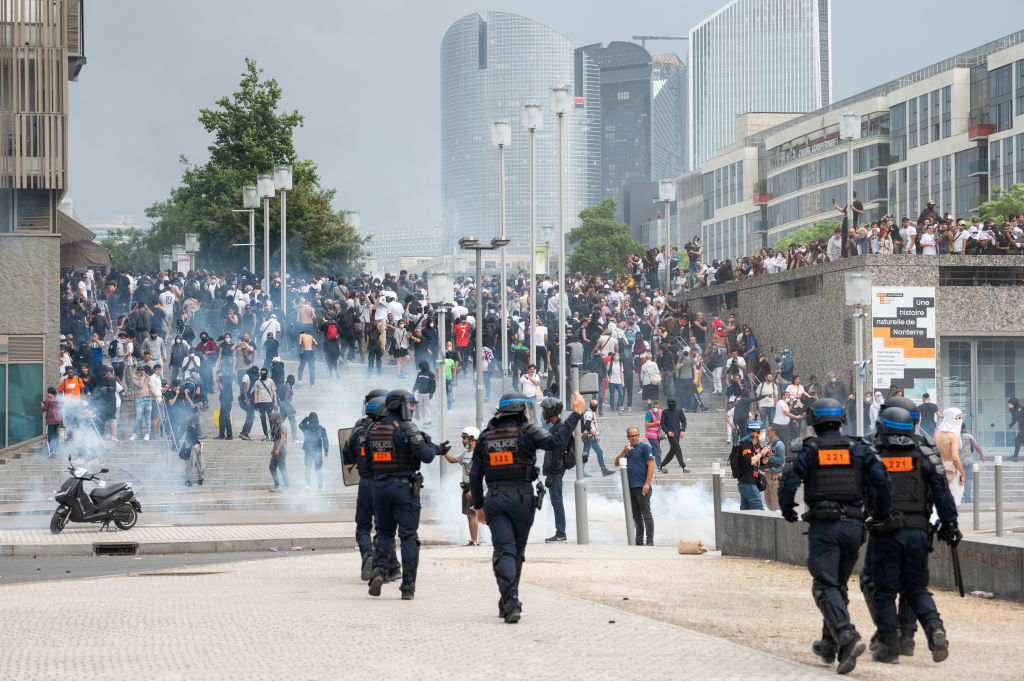 Why the French are taking to the streets
Why the French are taking to the streetsThe Explainer France is protesting after the police-involved death of a teenager
-
 Why are mass shootings rare in other countries despite high levels of gun ownership?
Why are mass shootings rare in other countries despite high levels of gun ownership?In Depth Firearm laws are very different in Finland, Switzerland, and Australia
-
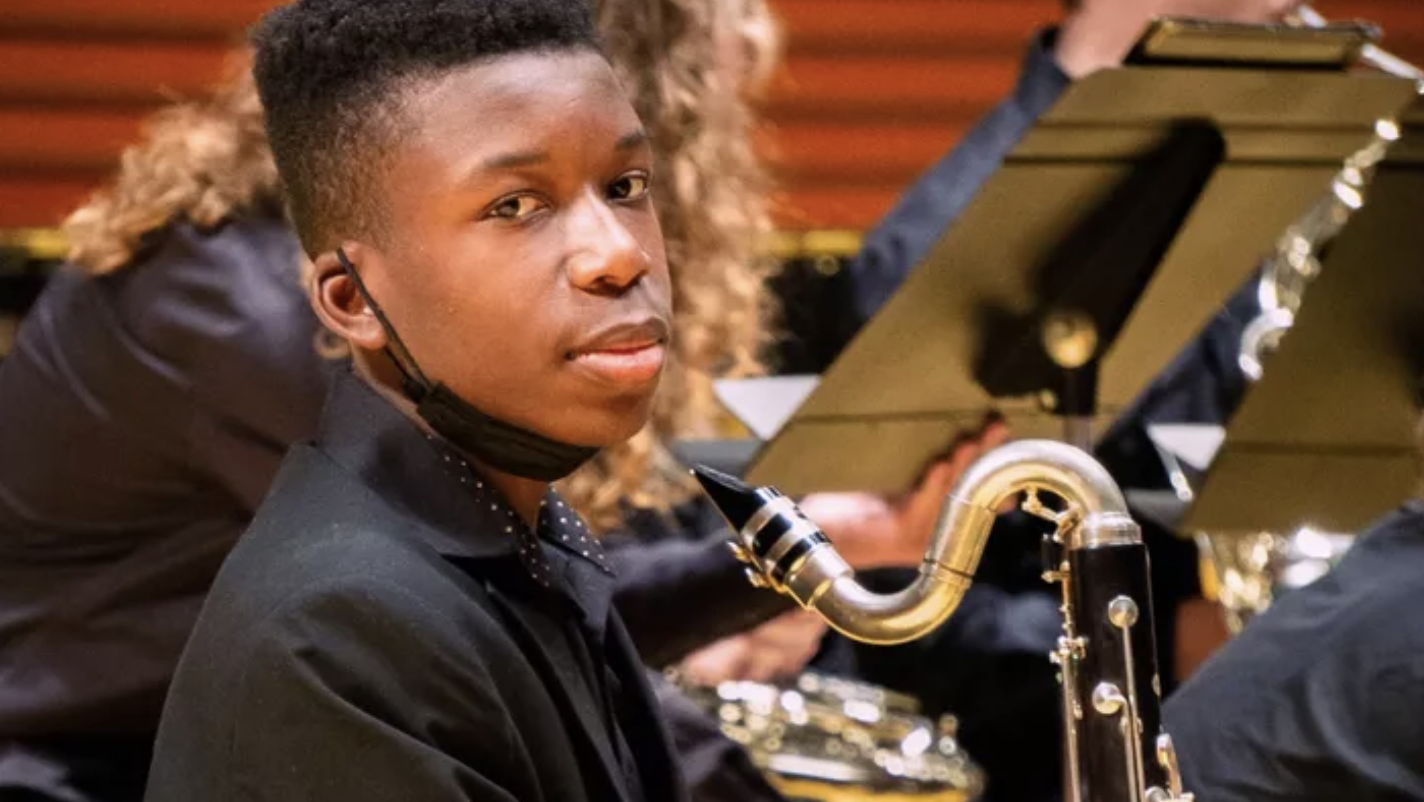 Ralph Yarl shooting: When ringing the wrong doorbell turns violent
Ralph Yarl shooting: When ringing the wrong doorbell turns violentSpeed Read An unarmed 16-year-old Black teenager knocked on the wrong door and nearly lost his life
-
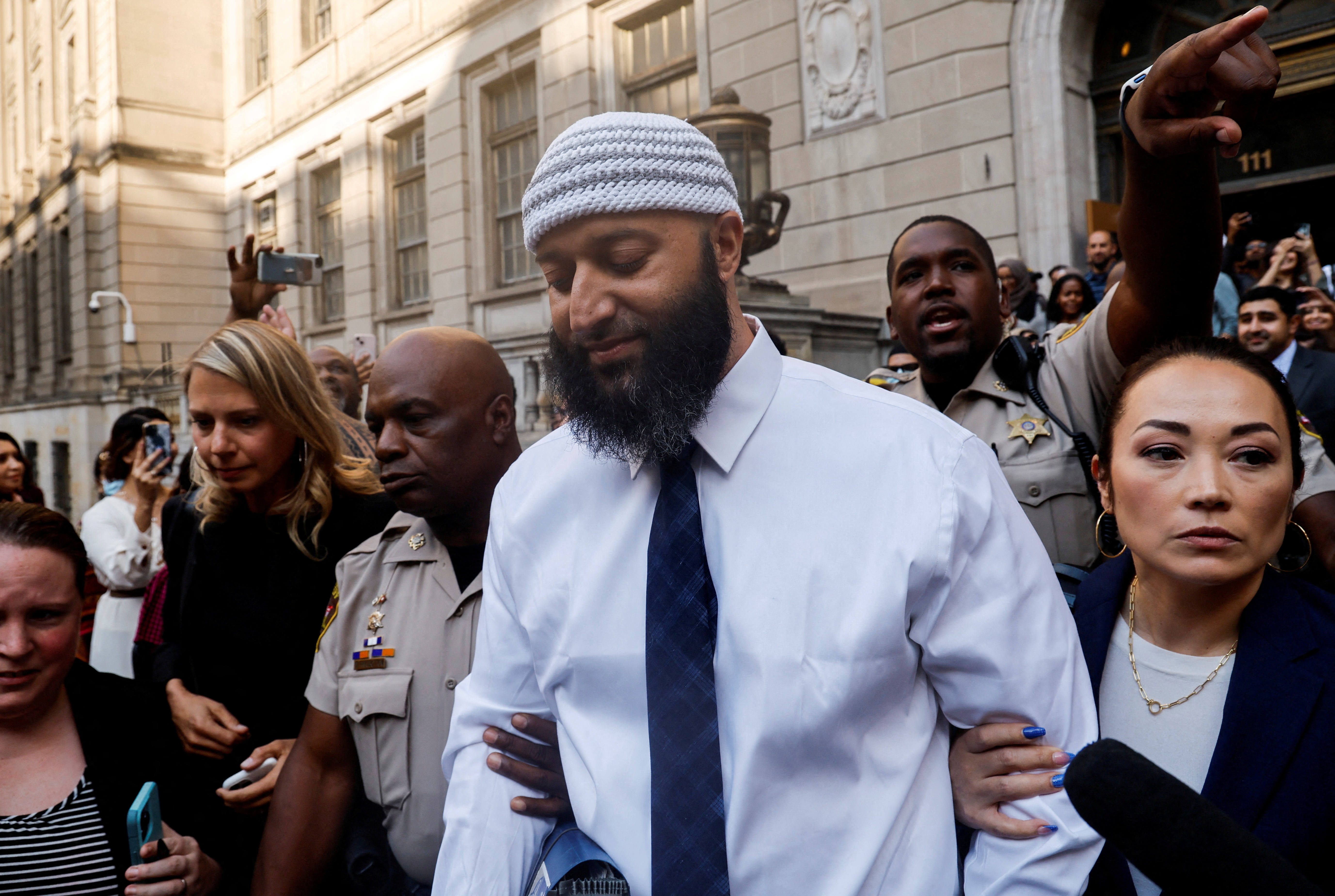 The Adnan Syed case, explained
The Adnan Syed case, explainedSpeed Read From the reinstated conviction to the original charges
-
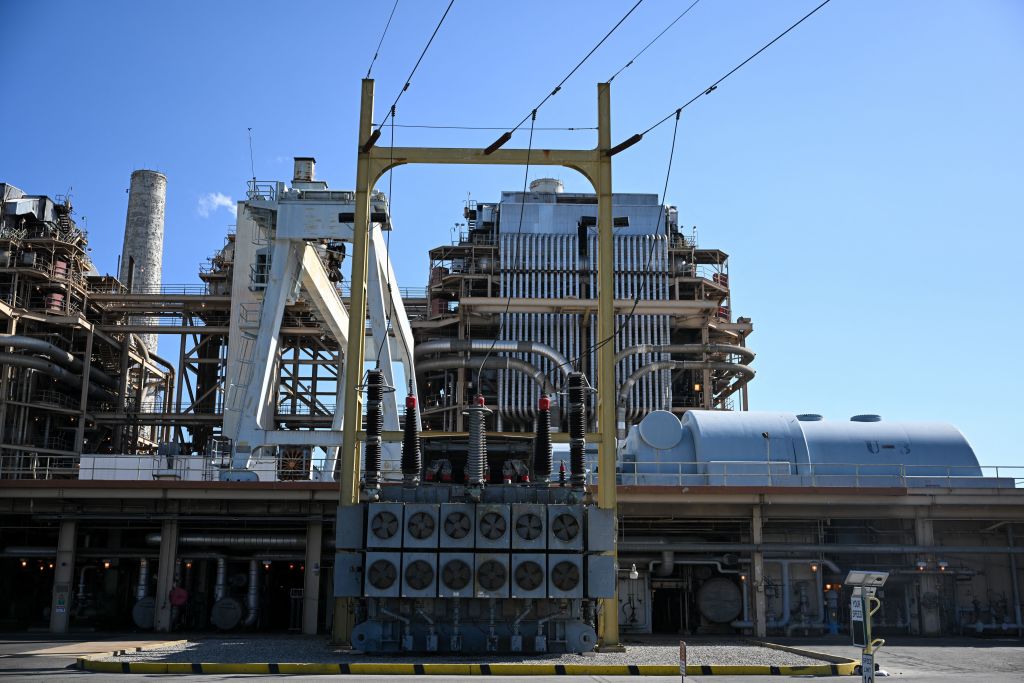 Attacking the grid
Attacking the gridSpeed Read Domestic terrorism targeting the U.S. electric grid is exposing dangerous vulnerabilities
-
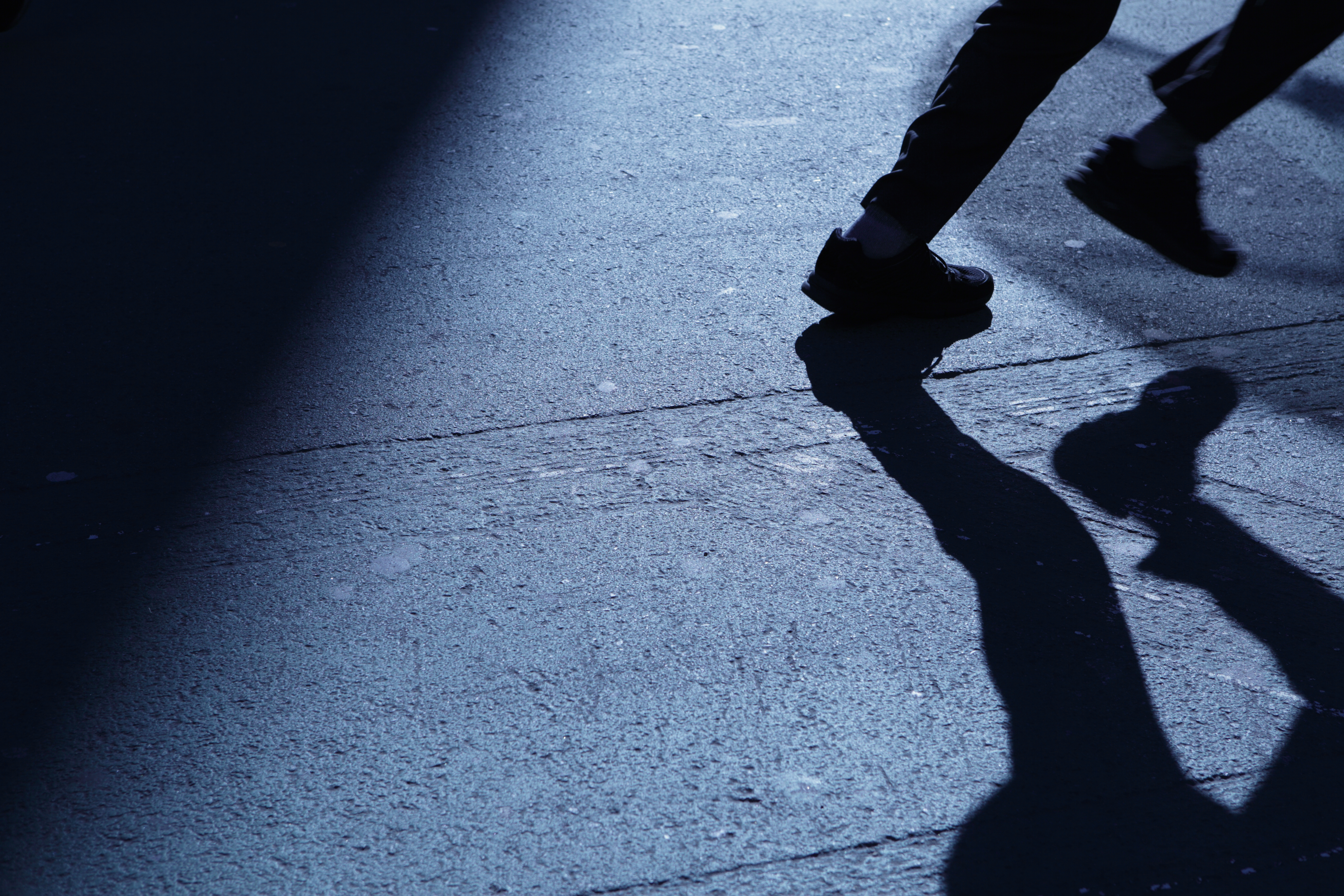 The controversial 'Run, Hide, Fight' response in active shootings
The controversial 'Run, Hide, Fight' response in active shootingsSpeed Read Why has this method come under scrutiny for its use in mass casualty events?
-
 Why did Hong Kong criminalize CBD?
Why did Hong Kong criminalize CBD?Speed Read Hong Kong had a quickly-growing CBD industry. Why did officials suddenly change course?